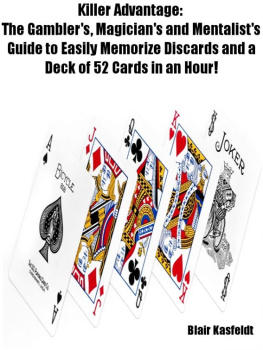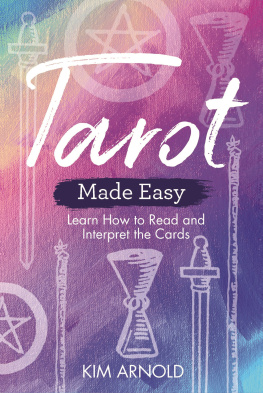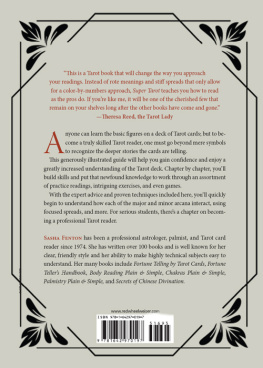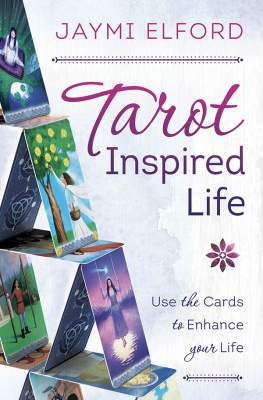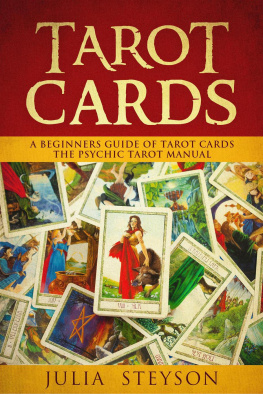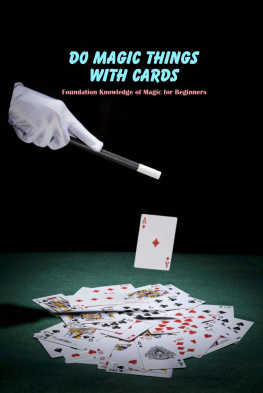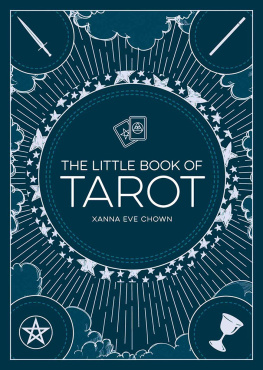Killer Advantage: TheGamblers, Magicians and Mentalists Guide to Easily MemorizeDiscards and a Deck of 52 Cards in an Hour!
By Blair Kasfeldt
Published by Blair Kasfeldt atSmashwords
Copyright 2011 BlairKasfeldt
This ebook is licensed for your personalenjoyment only. This ebook may not be re-sold or given away toother people. If you would like to share this book with anotherperson,please purchase an additional copy for each recipient. Ifyoure reading this book and did not purchase it, or it was notpurchased for your use only, then please return to Smashwords.comand purchase your own copy. Thank you for respecting the hardworkof this author.
Table of Contents
Imagine being able towork what appears to be miracles with a deck of cards -- withoutany sleight of hand. A memorized deck of cards can do this for you. Most magicians and mentalists shy away from the memorizeddeck because of the route memory work involved. The good news is that you'll be doing no routememorization!
Or perhaps you are a gambler orcausally card player. By learning this method you will instantly know what cardshave been discarded! That is a massive advantage in every card gamewhere there are discarded!
The presented system makes theinitial learning of the deck of cards in order quick and easy. Onceyou've learned the order of the deck you will still have to reviewthe order of the deck to gain speed, but youll be amazed at howquickly you can initially memorize a deck and gain speed if you follow this guide andpractice .
Once you have learned the simpletechnique of associating mental images to cards and then how tolink or associate these images, you will be able to learn a deck,in order, in an hour or less.
How to Memorize Cards in the Deck
In order to memorize a deck of cardsquickly, you must make the cards easy to remember. You willaccomplish this by making abstract card numbers and suits intotangible and concrete images that can be vividly pictured in theimagination.
In order to quickly facilitatelearning the cards, you will not use route memory. Route memory is mechanical.Mechanical processes are for machines, not humans. I work under theassumption you are a human if you are reading thisguide!
So let me ask you a question. If Iasked you to remember 6-2-1-4-2-4 or Shun dear Nero, which wouldbe easier to recall? You can picture Nero being shunned in yourimagination and it sticks, whereas 621424 does not easily remainin your memory because numbers are abstracts -- they are difficultto visualize. Heres the trick: 621424 and Shun dear Nero are onein the same once you learn the easy system of turning numbers intowords and phrases.
As promised, Im goingto show you how 621424 = Shun dear Nero. We will turn numbers,which happen to be on your playing cards, into words. In turn thesewords can be visualized and remembered more easily and quickly thanabstract numbers. This system of turning numbers into words andphrases is called the Phonetic Alphabet or Major System. Dontworry its an easy system to learn, and takes only a minimum ofpractice.
Keep in mind that we are onlyinterested in the sound these letters make, not the letter itself. Wordswill be spelled phonetically, not according to Webster . Here is the method fortransforming numbers into letters along with memory aids to helpyou remember the corresponding letter(s):
1 = t or d sound. Memory aid : both the tand d have one post or downstroke.
2 = n sound. Memory aid : the nhas two downstrokes .
3= m sound. Memory aid : think of thecompany 3M. The m has three downstrokes.
4= r sound. Memory aid : the wordfour ends in r.
5= l sound. Memory aid : if you holdup your left hand and spread your fingers, your index and thumbform a capital L.
6 = j, soft g(as in g entle),sh, and chsound. Memory aid : the 6 looks like the mirror image of a J.
7= k or hard, c(asin c at) or g(asin g oal)sound. Memory aid : the 7 looks like a mirror image of a k missing one downwardstroke for the leg of the k.
8= f or v sound. Memory aid : the number 8looks like a handwritten cursive f.
9= p or b sound. Memory aid : if you turnthe nine 180 degrees it looks like a b.
0 = s or hissingsounds. Memory aid : the word zero ends with an o which reminds you of azero.
To form words out ofnumbers, you will sound out the words and assign them a numericalvalue. Vowels carry no value -- you will use vowels and the lettersw, h and y (just remember why) to form words and phrases.Think of them as your wild cards.
Remember: it is only thephonetic sound of the words that matter and vowels carry no value.For instance, what number would knife transcribe to? HINT:remember the k is silent . Knife = 28.
So, 62 = S-N sounds. Icame up with ShuN, other possibilities include: SiN, waShiN, SuN,SooN, etc. What about the number 14? 14 = T/D and R sounds. Icame up with DeaR, other possibilities include: DeeR, DooR,aDDeR (snake), etc. The number 24 = N and R sounds. I came upwith NeRo, other possibilities include: NeaR, WeeNieR (hot dog),etc.
String all these words andyou get the phrase Shun Dear Nero. If you reverse the process,and turn the letters into numbers, you get the number621424.
Make a point to practice the PhoneticAlphabet when you see numbers, words and signs. A great way to getin practice is when you are driving. When you look at the licenseplate on the car in front of you, turn the numbers into letters. Dothe same for addresses. When you look at a sign, try to turn theletters into numbers as quickly as you can. If you consistentlypractice, the phonetic alphabet will become secondnature.
There are four suits youhave to learn: Clubs, Hearts, Spades and Diamonds. In order to helpyou remember the suits quickly, just remember CHaSeD.
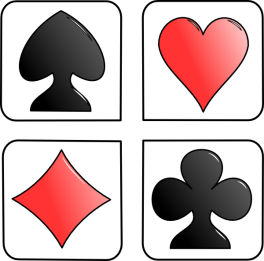
The numerical value of any standard deck of 52 cards range from 2to 10. We will use the phonetic value of the card numbers to createa visual representation of each card.
Heres how it works. We know the foursuit consonants: C-H-S-D (your remembered chased, right?). Nextwe will combine the first consonants of each suit (C-H-S-D) withthe phonetic value of each card number to create a visualrepresentation of the card by means of our vowels and w-h-yletters.
For example, we have the clubsuit, the consonant sound we are working with is c. Recall that the numbertwo, according to the phonetic alphabet, makes the sound n. Now simplycombine the two: c-n. What immediately comes to your mind? Foymyself, can sprung to mind. You will do this for the 36 numericalcards, 2-10 for each suit. The number 10 will take the ds ordz sound.
The Ace of each suit will berepresented by the numerical value of 1(such as in Blackjack). Thenumber one, you recall, equals the sound t or d. We will usethe t sound coupled with the suit consonant to form our word andimage. This brings us up to 40 cards out of 52.
We are interested in thepicture each word conjures up in our imagination, not the worditself . The goalis to create a vivid image for each card that can easily andquickly be conjured up in your minds eye .I suggest you come up with your own word for each card, but if youget stuck or want the standard mnemonic device for cards, use thelisting below:
AC= Cat
2C = Can
3C= Comb
4C= Core (such as an apple core)
5C= Coal
6C= Cash
7C= Cake
8C= Cuff
9C= Cup
10C= Case (such as a suitcase or luggage)
AH= Hat
2H= Hen
3H= Hem (such as a skirt)
4H= Hare
5H= Hail
6H= Hash
7H= Hog
8H= Hoof

